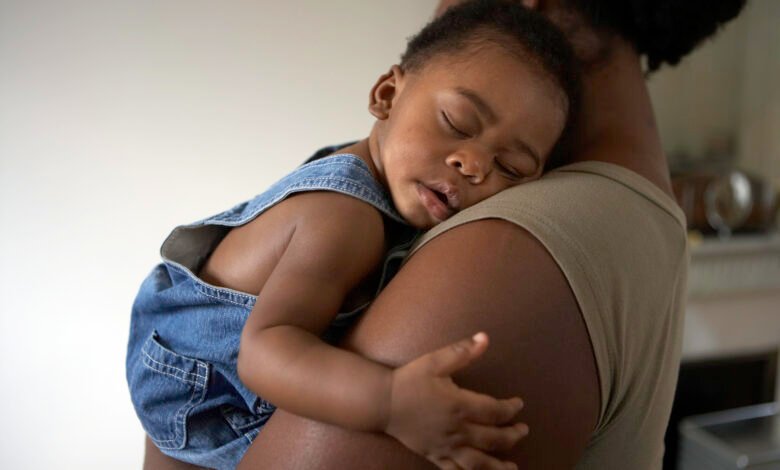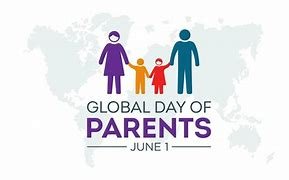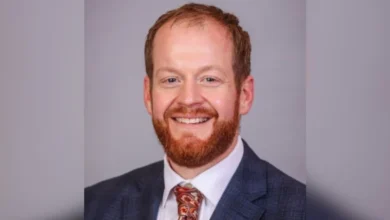Ohio’s Alarming Child Poverty Crisis: Ending Child Poverty Through Support, Access, and Care

Child poverty in Ohio is not just a statistic; it is a defining reality that shapes the futures of hundreds of thousands of children. Recent studies and reports uncover a sobering truth: too many children begin life with the odds already stacked against them. Yet, within this crisis lies an opportunity, to confront systemic barriers and reimagine solutions that give every child a fair start.
Poverty in Early Childhood
According to a new analysis by the Birth Injury Lawyers Group, Ohio ranks among the 10 worst states for young children living in poverty. Between 2019 and 2023:
-
1 in 3 children under age 5 in Ohio lived in poverty.
-
That translates to 128,765 young children, out of 586,212, with poverty peaking in 2021.
-
Ohio’s child poverty rate is nearly 31% above the national average.
The 2023 State of Poverty Report by the Ohio Association of Community Action Agencies (OACAA) further confirms the trend: nearly 18% of children under six lived in poverty in 2022. The burden is disproportionately borne by Black and Hispanic/Latino families, with poverty rates of 25.9% and 22% respectively.
What Poverty Means for Children
Child poverty is not simply about a lack of income. It ripples into every corner of a child’s life:
- Housing Insecurity: Nearly 1 in 4 Ohio children live in cost-burdened households, where families spend more than 30% of income on housing. Among low-income families, more than half face housing insecurity. Rents surged during the pandemic, some by as much as 300%, making affordability an even greater challenge.
- Food Insecurity: More than 14% of Ohio children are food insecure. The end of pandemic-era SNAP expansions in 2023 left 1.5 million Ohioans with reduced support, even as food prices soared.
- Health Inequality: Over 86,000 children lost Medicaid coverage between March and September 2023. Four percent of Ohio’s children remain uninsured. Infant mortality tells another painful story: in 2021, Ohio’s overall infant mortality rate was 7.0 per 1,000 births, but for Black babies it was 14.2, more than double.
- Educational Impact: Poverty affects readiness for school, attendance, and long-term academic success. Early childhood is especially critical, as the first five years shape brain development, resilience, and health outcomes for life.
Breaking the Cycle
When poverty shapes a child’s earliest years, it does not just define today , it determines tomorrow. Children living in poverty are more likely to:
- Experience chronic health issues
- Struggle academically and socially
- Face higher risks of trauma, violence, and exploitation
- Remain trapped in generational cycles of disadvantage
But research also shows that timely interventions work. When families have stable housing, reliable food access, and strong early education, children thrive.
Pathways to Solutions
Ohio’s crisis is urgent, but not insurmountable. Solutions must be comprehensive, collaborative, and rooted in equity.
- Invest in Affordable Housing: Expand state incentives for building affordable units. Current supply covers only 79 out of every 100 low-income renter households. Housing is the foundation of stability for children.
- Tackle Food Insecurity Head-On: Restore and expand nutrition supports such as WIC access, SNAP benefits, and community-based food programs. Consider tax credits like the proposed Thriving Families Tax Credit, which would provide $1,000 annually per young child.
- Expand Access to Healthcare: Protect Medicaid enrollment for children, especially in maternity care deserts. Target interventions to reduce infant mortality, particularly among Black families.
- Prioritize Early Childhood Development: Fund quality early childhood programs, family-strengthening services, and wraparound supports. Children must be given equal footing in education and care.
- Address Structural Inequities: Data shows poverty is higher among Black and Hispanic children. Equity-focused policy reforms must confront systemic racism in housing, employment, and healthcare.
The Call to Action
Child poverty is not inevitable. It is the result of policy choices and it can be reduced by making better ones. Ohio has the chance to turn its painful numbers into a rallying cry for reform.
- State leaders: Enact policies that guarantee fair wages, affordable housing, and equitable healthcare.
- Communities: Strengthen support networks, food banks, and neighborhood-level care systems.
- Families & Advocates: Keep pressing for accountability and demand child-centered policymaking.
If Ohio is to secure its future, it must begin with its children. Every child deserves not just survival, but the chance to thrive.
Source of image: Getty Images





